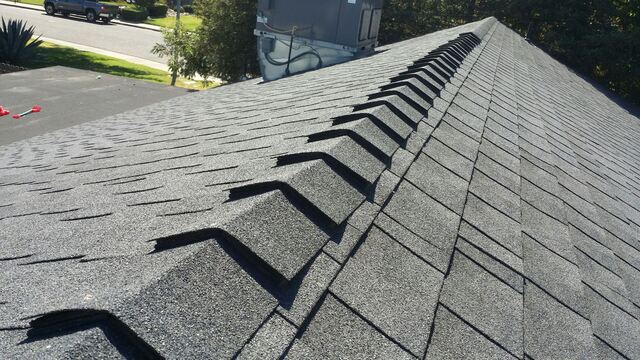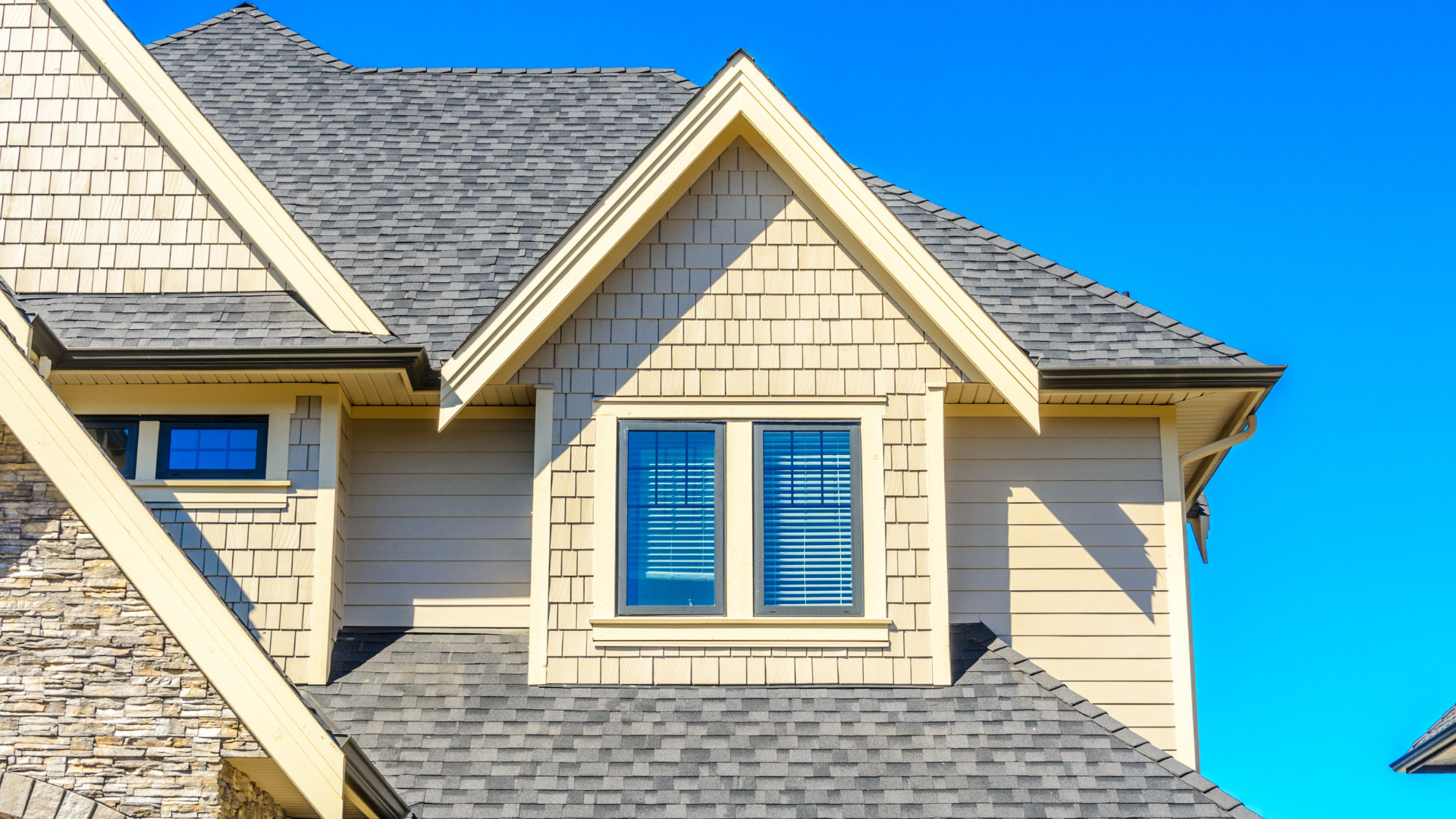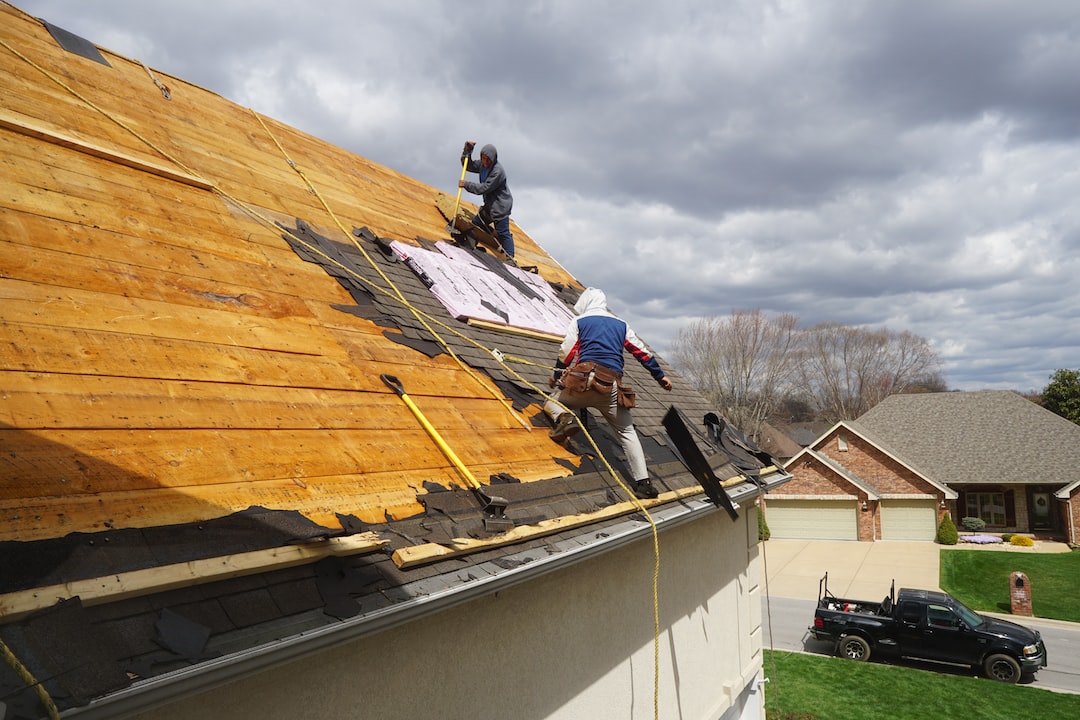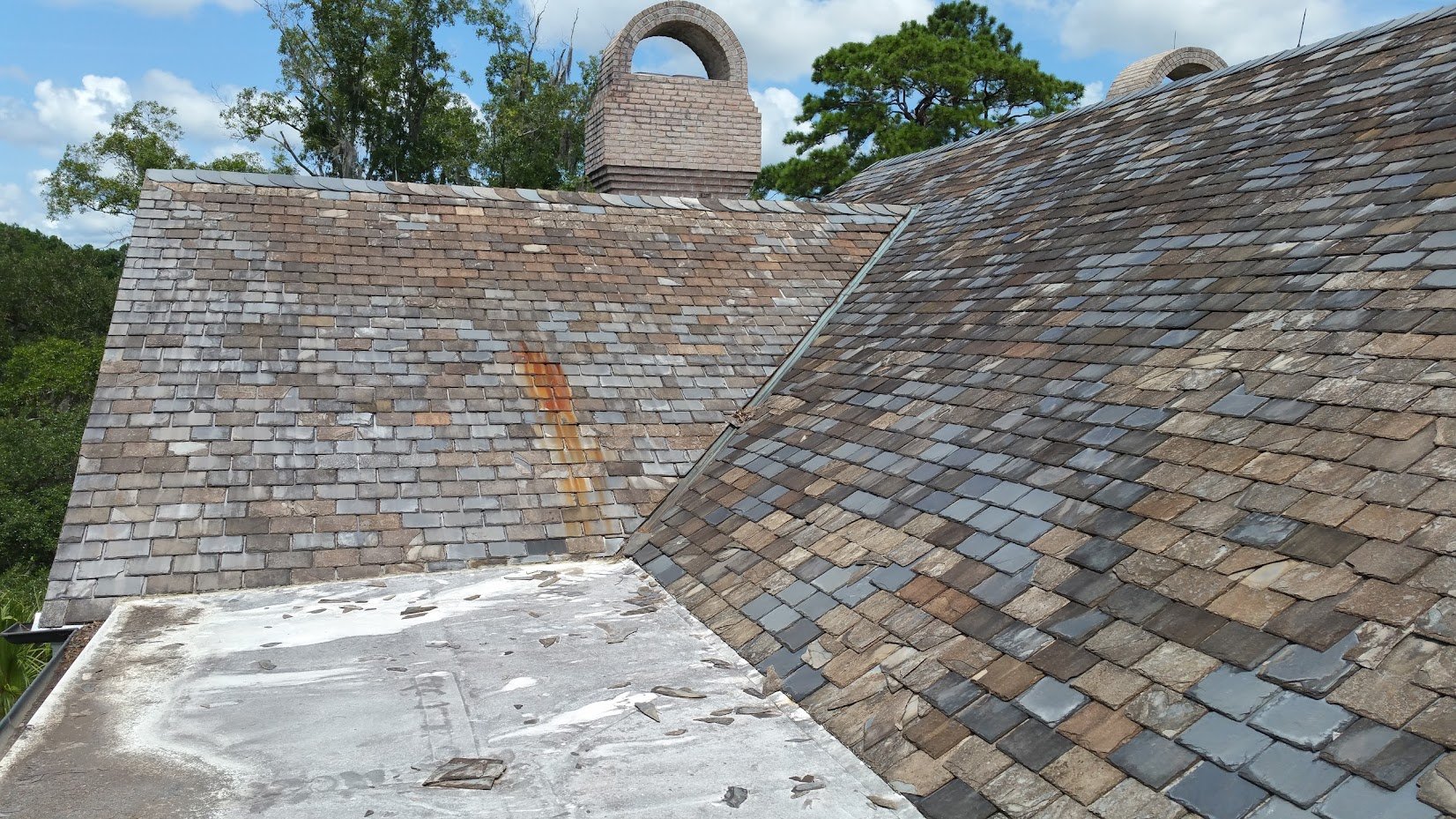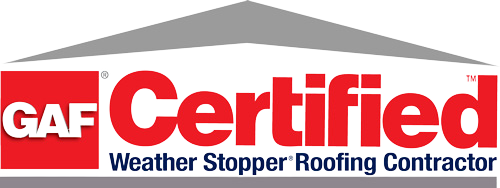Understanding how weather impacts the lifespan of your roof is crucial for maintaining the safety and integrity of your home. Different weather conditions, from scorching sun to freezing snow, can significantly affect roofing materials. This guide explores the myriad ways weather can shorten your roof’s lifespan and offers strategies to mitigate these effects, ensuring your home remains protected year-round.
The Impact of Sunlight and Heat
Sunlight and heat play a pivotal role in the wear and tear of roofing materials. Prolonged exposure to UV rays can degrade the components of your roof, causing them to become brittle and crack over time. This is particularly true for asphalt shingles, which can lose their granules and effectiveness as a protective barrier against the elements.
In addition to UV damage, roofs are also susceptible to thermal shock. This occurs when temperatures fluctuate dramatically in a short period, causing materials to expand and contract. Over time, this can weaken the structural integrity of the roof, leading to premature failure. Homeowners can mitigate these effects by choosing reflective roofing materials that minimize heat absorption and regularly inspecting their roofs for signs of thermal stress.
Rain, Humidity, and Moisture Damage
Water is one of the most persistent threats to roof longevity. Rain, coupled with high humidity, can lead to the growth of mold and mildew, which not only damages roofing materials but can also pose health risks to inhabitants. Furthermore, inadequate drainage systems can cause water to pool on the roof, leading to rot and structural damage.
To combat moisture damage, it’s essential to ensure that your home has an effective drainage system, including gutters and downspouts, that is regularly cleaned and maintained. Additionally, periodic roof inspections can identify and remedy potential issues before they escalate, such as replacing damaged shingles or tiles that could allow water penetration.
Wind Damage
High winds can be a formidable enemy to roofs. They have the power to lift or even rip away shingles and tiles, leaving the roof deck and underlayment exposed to the elements. This can result in leaks and, over time, significant structural damage. In areas prone to high winds, it’s crucial to select roofing materials rated for wind resistance.
Furthermore, reinforcing the roof structure can help withstand wind forces better. This may include enhancing the connection between the roof and the walls of the house. Regular inspections, especially after severe weather events, are essential to identify and repair any wind damage promptly.
Snow and Ice Challenges
In colder climates, snow and ice present unique challenges. The weight of accumulated snow can strain the roof structure, while ice dams—formed when melted snow refreezes at the roof’s edge—can block water from draining, leading to leaks and damage. These issues underscore the importance of selecting roofing materials suited for heavy snow and implementing measures to prevent ice dam formation, such as proper attic insulation and ventilation.
Regular snow removal from the roof can also prevent excessive weight accumulation and reduce the risk of structural damage. Additionally, installing heating cables along the roof’s edges can prevent ice dams by ensuring continuous melting and drainage of snow and ice.
The Role of Hail
Hail can cause immediate and severe damage to roofing materials, from denting metal roofing to cracking tiles and shingles. The impact can be so significant that it necessitates immediate repairs or even a complete roof replacement. Homeowners in hail-prone areas should consider investing in hail-resistant roofing materials to mitigate these risks.
After any hailstorm, it’s wise to have a professional roof inspection to assess for damage. Even seemingly minor hail impacts can compromise the roof’s integrity and lead to more significant issues down the line if left unaddressed.
Long-Term Exposure to the Elements
Cumulative exposure to various weather conditions can significantly accelerate the degradation of roofing materials. Over time, the relentless cycle of sun, rain, wind, snow, and ice can take a toll, shortening the roof’s expected lifespan. This is particularly true for materials that are not suited to the local climate or are of lower quality.
Choosing the right roofing material, tailored to withstand the specific weather conditions of your area, is crucial. For instance, metal roofing may be preferable in areas with heavy snowfall, while tile roofs can offer better durability in hot, sunny regions. Regular maintenance, including cleaning, inspections, and timely repairs, is key to extending the life of your roof regardless of the material.
Choosing the Right Materials and Maintenance for Your Climate
Selecting the appropriate roofing materials for your climate and maintaining them properly can significantly impact your roof’s longevity. Researching materials that are known for their durability and resistance to local weather conditions is a good starting point. Moreover, establishing a routine maintenance schedule, including professional inspections at least once a year, can help identify potential issues before they become major problems.
Homeowners should not underestimate the importance of maintenance in extending their roof’s lifespan. Simple steps like keeping gutters clean, removing debris, and addressing minor damages promptly can prevent more serious issues and ensure your roof continues to protect your home effectively.
Weather plays a significant role in determining the lifespan of your roof. By understanding how different conditions affect roofing materials and taking proactive steps to mitigate these effects, homeowners can ensure their roofs last as long as possible. Regular maintenance, coupled with the right material choices for your climate, is key to a long-lasting, durable roof.
If you’re concerned about how the weather might be affecting your roof, or if you’re in need of advice on the best materials and maintenance practices for your area, don’t hesitate to contact Dick Does Door. Our experts are here to help you make informed decisions to protect your home from the elements and extend the lifespan of your roof.

